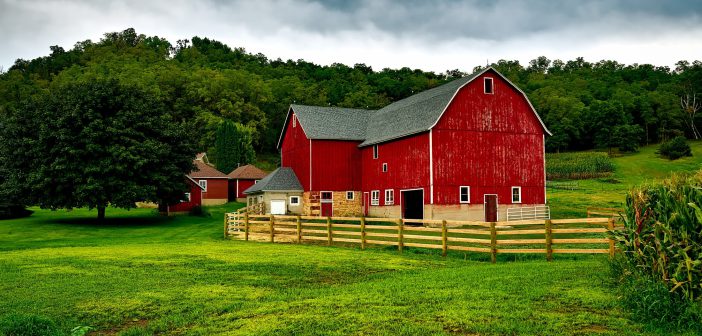Self-sustainability is becoming more and more popular as people are looking for ways to get back to basics. One of the best ways to achieve self-sustainability is by starting your own farm! This can be a great way to provide for your family, and it can also be a lot of fun. This blog post will discuss some tips on how to start your own self-sustainable farm. So read on and learn how you can create a sustainable future for yourself!
1) Know your land:
Before you start creating a self-sustaining farm, research and analyse the land you will use for farming. This includes knowing what type of soil is ideal for certain crops, how much water the land needs, and if there are any pests or diseases that could ruin your crop.
2) Choose crops wisely:
When starting out, think about which types of crops best fit your particular location. Are there local markets already offering these items? Are they easy to grow? Depending on the climate, some crops may be easier to cultivate than others. Do some research before deciding on what to plant!
3) Utilise natural resources:
Start by looking at what natural resources are available in your local environment and use these to your advantage. For example, consider investing in a solar panel system if the land is well-suited for solar energy. This way, you can save money on electricity costs while still powering your farm.
4) Reuse and recycle:
When it comes to being self-sustainable, reusing and recycling are key! Look for ways to reuse materials, such as old containers or plastic bags. Instead of buying new ones, these can be used as planters or seedling trays. You can also look for ways to recycle scraps from other farms or even food waste from restaurants which can be composted into nutrient-rich soil for your crops.
5) Building Outside Buildings:
Once you have your crops and natural resources in order, it’s time to start thinking about building any additional buildings or structures that you may need. For example, if you are raising animals for food, consider investing in a barn or other type of shelter. You can also look into greenhouses or cold frames to extend the growing season of certain crops and make sure of the Shed Bases for the foundation of your buildings.
6) Build relationships:
Networking is an important part of being self-sustainable. Reach out to other farmers in your area and see if you can collaborate on resources or even trade products. This way, you can get the supplies you need without purchasing them from outside sources.
In conclusion, starting a self-sustainable farm takes a lot of work and dedication, but it can be a very rewarding experience. With these tips in mind, you’ll be on your way to creating the perfect sustainable farm for yourself and your family. Furthermore, by doing this, you’re positively impacting the environment and helping ensure that future generations have access to clean and healthy food. So why not give it a try?





You are right and these are great tips to get you started. Also find your local tree removal Oakland Ca to help you prepare your yard and yard and make it safe and suitable for a garden. This can be so true for so many areas of the farm.
You can build a geocell shed base without fabric material, but our team suggests it. There’s a chance your infill gravel will seep through the soil and leave space in the geocells, creating unstable ground.
You have successfully noted that it is important to know your land. This is very necessary now in order to better understand the conditions in which you will work and develop agriculture or your farm. Now there are excellent agricultural weather station that can help you collect all the necessary data on rainfall, wind and similar things, for better planning.